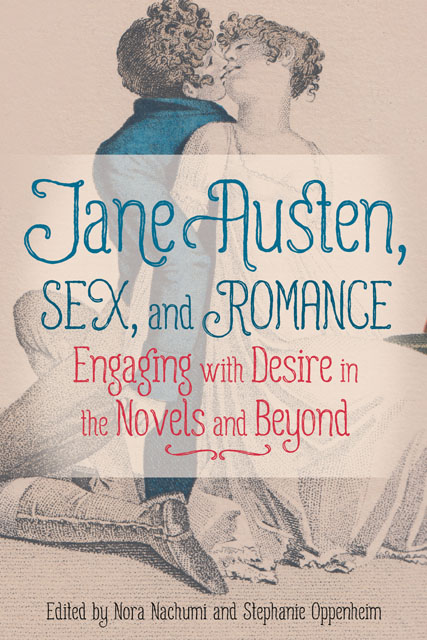Book contents
Introduction
Published online by Cambridge University Press: 11 January 2023
Summary
Inperhaps the most famous scene in Andrew Davies’s 1995 adaptation of Pride and Prejudice, Colin Firth emerges from a pond clad in only a clinging white shirt and a pair of wet breeches. In the 2020 adaptation of Sanditon, Sidney Parker walks out of the sea buck naked and dripping before a bedazzled Charlotte Heywood. Despite the intentional lack of breeches, Parker’s moment—a direct homage to Darcy by Davies, who wrote the screenplay—raised far fewer eyebrows than the original. Apparently, the idea that adaptations of Austen’s novels are not only romantic but sexy has become something of a commonplace in popular culture. The success of Sanditon, and of Austenesque fiction, which includes titles like Mr. Darcy Takes a Wife and Seducing Mr. Darcy, as well as discussions on fan-based internet sites, confirms the idea that Jane Austen’s novels have become a potent aphrodisiac for many of her admirers. Even New York Times notable book Longbourn, the first Austen spin-off to be lauded as serious literary fiction, pulses with sensual detail. Clearly, Austen’s novels turn people on.
Jane Austen, Sex, and Romance: Engaging with Desire in the Novels and Beyond explores this phenomenon. If Austen’s popular appeal springs largely from her ability to convey her characters’ romantic and sexual desires—and to tap into those of her readers—then an understanding of this dimension of her work is crucial to appreciating not only the novels, but the countless works of fiction, film, and other media that they have generated in our time. As scholars like Devoney Looser and Juliette Wells, among others, have argued, those of us who write about and teach Austen in the academy can no longer ignore the dynamic relationship between Austen’s work and the majority of her readers—no longer, that is, separate a static idea of Austen from what readers do with Austen. As members of a diverse and ever-expanding audience, we need to stop fighting over who is “right” about Austen in order to see what we can learn from one another. This requires confronting the conflicting ways we talk—or avoid talking—about sex and romance in Austen. For this reason, Jane Austen, Sex, and Romance zeroes in not just on the erotics of Austen’s novels and their adaptations, but on the discourse that surrounds this divisive topic.
- Type
- Chapter
- Information
- Jane Austen, Sex, and RomanceEngaging with Desire in the Novels and Beyond, pp. 1 - 12Publisher: Boydell & BrewerPrint publication year: 2022

